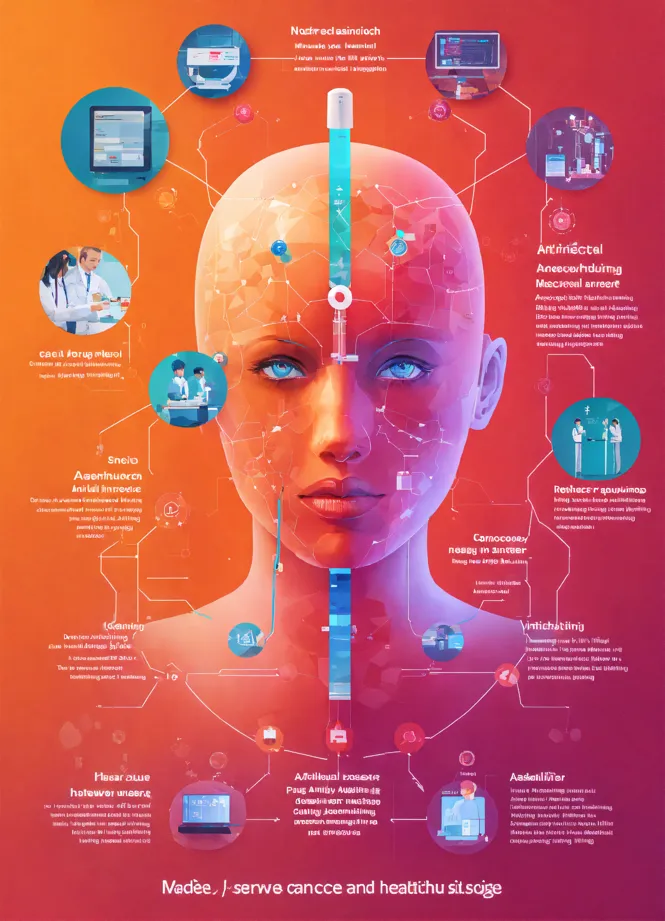| 일정시작 : | 0-00-00 (화) |
|---|---|
| 일정종료 : | 53-00-02 (월) |


The purpose of this evaluation is to summarize the literature specific to glucose monitoring in patients with diabetes focusing specifically on present adherence rates, limitations to monitoring, and promising intervention strategies which may be ready to deploy now within the clinic setting to promote better patient adherence to glucose monitoring. Yet, to continue to assist patients with diabetes adhere to glucose monitoring, future analysis is required to establish the remedy methods and the intervention schedules that probably result in lengthy-time period maintenance of optimal glycemic monitoring ranges. Glucose monitoring, or the act of commonly checking the concentration of glucose within the blood or interstitial space, is a crucial part of fashionable diabetes remedy.1-three Glucose monitoring permits patients to acknowledge and correct for harmful blood glucose ranges, appropriately calculate and administer mealtime insulin boluses, and get suggestions on their body’s response to carbohydrate intake, insulin or BloodVitals SPO2 medication use, and bodily activity.1-3 In addition, glucose monitoring offers diabetes care groups with critical data wanted to treat a patient in an emergency and to regulate a patient’s routine diabetes therapy.1-three The efficient management of type 1 diabetes (T1DM) and kind 2 diabetes (T2DM) each rely on patients’ completion of glucose monitoring and use of those data to appropriate for BloodVitals device abnormal glycemic levels.1-3 Unfortunately, there's evidence that patients with diabetes don't at all times complete glucose monitoring as often as prescribed.4-10 Multiple limitations might exist to effective blood glucose monitoring.10-13 However, there are additionally just a few promising behavioral interventions which have specifically focused blood glucose monitoring, significantly in patients with T1DM.14-19 While many of these research current solely preliminary outcomes, some of the methods integrated in these interventions could also be immediately deployable in a clinic setting and must be thought-about for future intervention trials.
The purpose of this evaluation is to summarize the literature specific to glucose monitoring in patients with diabetes focusing specifically on current adherence charges, boundaries to monitoring, BloodVitals SPO2 and promising intervention strategies. Presently, patients with diabetes can monitor glucose levels by way of self-monitoring blood glucose (SMBG) meters and actual-time steady glucose monitoring (CGM). However, the rules and literature supporting the use of those technologies are totally different. Therefore, this review will separately discuss SMBG and CGM for patients with diabetes. Recommendations for BloodVitals monitor the timing and frequency of SMBG can differ primarily based on diabetes prognosis and on each patient’s well being wants and goals. For example, present American Diabetes Association Practice Guidelines recommend patients using insulin carry out glucose checks with meals, before and after train, earlier than bedtime, previous to essential tasks, corresponding to driving, and in situations where an abnormal glucose stage is suspected, ensuing sometimes in between 4 to 10 checks per day.1,2 However, for patients who should not prescribed insulin or medications that either impact glucose absorption (viz, alpha-glucosidase inhibitors) or insulin production (ie, sulfonylurea), much less frequent monitoring may be protected due to a decreased danger of glycemic variability.2 Because SMBG tips could be individually primarily based, adherence to tips is tough to assess.
Still, in 1 massive worldwide research, SMBG adherence rates had been reported to be as little as 44% for adults with T1DM and 24% for adults with T2DM.Four Several studies show close settlement with these low estimates of adherence,5-7 suggesting that for many adults, SMBG adherence is suboptimal. In youths, BloodVitals tracker research show charges of SMBG adherence starting from 31% to 69%,8,9 similarly suggesting suboptimal adherence ranges. Suboptimal adherence to SMBG is potentially problematic as a result of research has demonstrated a correlation between decrease glycated hemoglobin (HbA1c) ranges and extra frequent SMBG throughout patients with each T1DM and T2DM.7,20-24 However, despite the evidence supporting the position of glucose monitoring in better affected person well being outcomes, patient-reported barriers to SMBG are widespread, span psychological (ie, frustration, distress, worry), social (ie, office obstacles, peer relations), and monetary (ie, BloodVitals review value of provides) issues,12,13,25 and certain contribute to adherence problems. As such, clinical analysis has labored towards growing interventions that help to minimize obstacles and enhance patients’ adherence to SMBG.